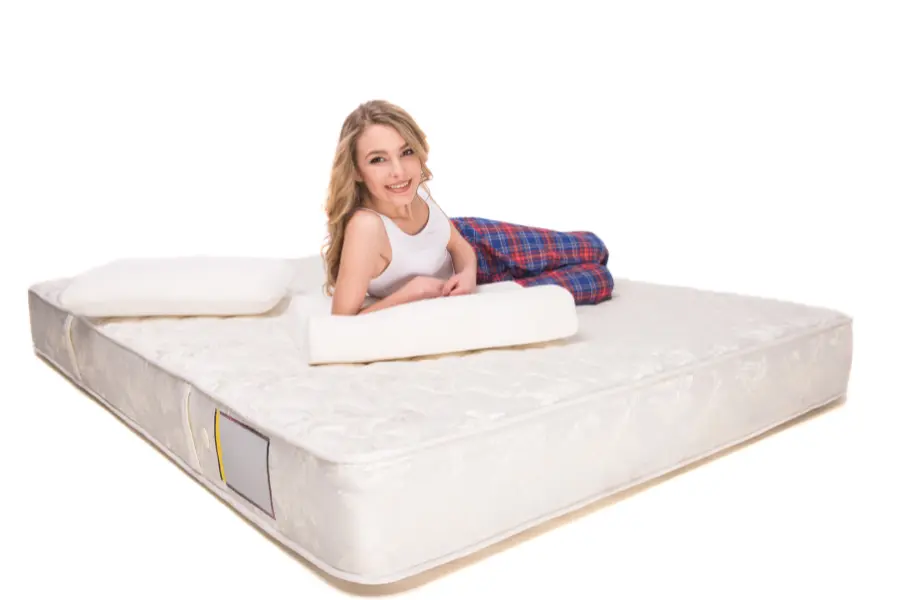In an age marked by rapid urbanization, rising property prices, and the transition to remote work, homeowners and interior designers alike are pivoting towards a more pragmatic, fluid, and space-efficient approach to residential design: multifunctional spaces.
Defined by their versatility, these dynamic areas epitomize the fusion of form and function, mirroring the ever-evolving lifestyle of modern homeowners.
Understanding Multifunctional Spaces
Multifunctional spaces, also known as flexible or dual-purpose spaces, are essentially rooms designed to serve multiple functions. They are an ingenious solution to the shrinking square footage in urban homes and the rising need for diverse functional areas in a household.
This concept rejects the traditional room-by-room setup in favor of adaptable spaces that can shift in purpose according to the occupants’ needs. This could mean an open-plan kitchen that doubles as a dining and living room, a bedroom that also functions as a home office, or a garage turned into a makeshift gym.
The Evolution and Rise of Multifunctional Spaces
The roots of multifunctional spaces can be traced back to the 20th-century modernist architecture, where luminaries like Le Corbusier and Mies van der Rohe embraced open, flexible floor plans. However, it’s the 21st-century societal shifts that have truly propelled this trend to the forefront.
The COVID-19 pandemic and the subsequent global transition to remote work catalyzed a pressing need for home spaces that cater to various activities — work, exercise, relaxation, homeschooling, among others. With the lines between work and personal life blurring, the demand for multifunctional spaces has skyrocketed.
Designing Multifunctional Spaces: Strategies and Considerations
The essence of designing multifunctional spaces lies in creativity, efficient space utilization, and a deep understanding of the users’ lifestyle. Here are some key strategies and considerations:
- Furniture Selection and Placement: Choosing the right furniture is crucial. Opt for pieces that are flexible and can serve multiple purposes. For instance, a sleeper sofa or a murphy bed can easily transform a living room into a guest bedroom. Similarly, a height-adjustable table could be used for dining, work, or as a kid’s study desk.
- Zoning: While multifunctional spaces embrace openness, it’s essential to subtly demarcate different zones to prevent a chaotic feel. This can be achieved through strategic furniture placement, varied lighting, color coding, or using rugs to define different areas.
- Storage Solutions: An organized multifunctional space is an efficient one. Innovative storage solutions like built-in shelves, multipurpose storage furniture, or wall-mounted systems can hide clutter and maintain the room’s aesthetic appeal.
- Flexibility: Ensure that the space can easily be adapted to different needs. This might involve movable walls, modular furniture, or reconfigurable lighting systems.
Benefits and Impact on Lifestyle
Multifunctional spaces offer numerous benefits, most notably maximizing limited space and adapting to evolving needs. They facilitate a more versatile lifestyle, enabling a seamless transition between different activities.
Moreover, multifunctional spaces often favor open floor plans, which can make a home feel more spacious, foster social interaction, and facilitate better natural light distribution.
Case Studies
- The Open-Plan Living Space: A common trend in modern homes is combining the kitchen, dining area, and living room into one cohesive space. This not only saves space but also enhances sociability and interaction among family members.
- The Home Office/Bedroom: With more people working from home, the bedroom-office hybrid has become increasingly prevalent. A fold-down desk or a bed with a storage headboard can allow the room to transition seamlessly between a place of work and rest.
- The Indoor-Outdoor Living Space: This trend involves designing a living area that extends into an outdoor space, like a patio or a garden. Large glass doors can be opened to merge the two areas, creating an expansive multifunctional space for relaxation, dining, or socializing.
The Future of Multifunctional Spaces
As societal needs continue to change and evolve, so too will the concept and application of multifunctional spaces. Technological advancements will also play a role, with smart home technologies offering new ways to make spaces more adaptable and efficient.
Beyond just residential design, the ethos of multifunctionality is extending to broader architectural and urban planning scales. Designers are envisioning cities where buildings and public spaces are multifunctional, catering to diverse community needs.
In essence, multifunctional spaces are not just a trend, but a long-term shift in our understanding of space utilization. They embody a future-forward vision that acknowledges the dynamic, diverse nature of modern life.
As we continue to strive for homes that are not just beautiful but also practical and adaptable, the importance of multifunctional spaces will only continue to grow.
Conclusion
Multifunctional spaces are an exciting, pragmatic answer to modern living challenges. They represent a departure from rigid room designations towards a more fluid, user-centric approach.
These versatile spaces, powered by thoughtful design and innovative furniture, are the new vanguards of modern home design, embodying the adaptability that our evolving lifestyles demand.
As homes continue to be not just places of rest but also work, learning, and recreation hubs, multifunctional spaces will continue to gain traction. They hold the promise of a home that grows and adapts with its occupants, truly embodying the essence of ‘living’ spaces.
So, whether you’re an interior designer, a homeowner, or someone interested in residential design trends, it’s worth exploring the potential of multifunctional spaces. After all, they may just be the key to creating a home that truly fits the complexities of modern life.


